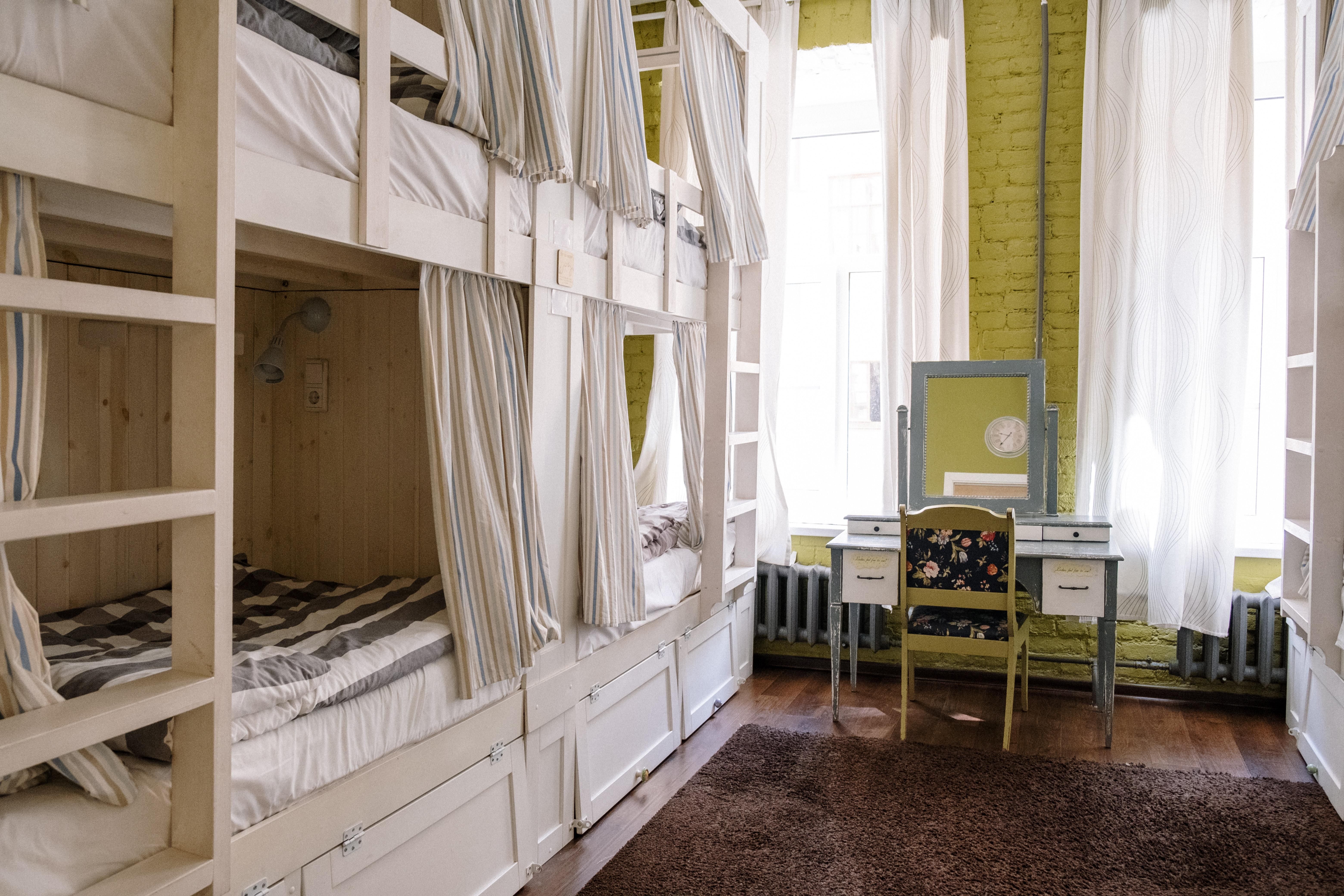When students imagine their college experience, they picture taking classes that interest them and having fun with friends. You’ve never daydreamed about living in a dorm building that made you sick, but that’s the reality for many on-campus residents.
Older buildings can cause sick building syndrome and make your university living arrangements unsafe. Here’s how to spot eight signs your dorm needs health updates and how you can get your college to fix the issues so everyone remains happy and healthy.
1. Construction Finished Decades Ago
Sick building syndrome isn’t something many people have heard about before. It’s a condition where people experience illnesses due to the quality of whatever structure they live or work in. It can result in numerous symptoms that stem from various causes, so it’s difficult to identify right away.
The first symptom you may experience with this syndrome is respiratory irritation. Old dorms that were built decades ago will likely have outdated air systems and ventilation that cause built-up dust to circulate. The Consumer Product Safety Commission estimates that 30% of new or remodeled buildings also have this problem.
If you or your roommates experience consistent dry coughing, wheezing or sneezing, submit a maintenance request to have the ventilation system cleaned of any dust.
2. Current Construction Is Ongoing
Ongoing construction will push dust through the air, even if it’s in a different wing of your dorm building. Find out when the work will finish to determine how long you’ll experience respiratory symptoms. Your university should install temporary health precautions to minimize dust exposure, like plastic sheeting over doorways during work hours if the reactions get too intense.
3. Light Fixtures Are Too Bright
One of the signs your dorm needs health updates is constant headaches. The lighting fixtures could be too bright and trigger migraines. Talk with your maintenance team or building management to swap lightbulbs for lower wattages or warmer lights.
4. Carpets Don’t Get Replaced
Off-campus apartments will typically replace the carpeting between each tenant, but universities rarely do that because students often transfer rooms. Your carpets could trigger respiratory issues because they’ve collected debris and grown mold over the years.
Mold growth can also happen on windows that collect condensation and require scheduled cleanings or pressure washing to remove the spores. It’s worth mentioning to your maintenance team if you think old dormitory carpets or leaky windows make your room an unsafe place to live. Deep cleaning will fix the problem right away.
5. Water Spots Spread on Ceilings
Did you ever notice a discolored spot growing across your ceiling or down your walls? Old piping within dorm buildings can cause water leaks that instigate additional mold growth. Although it’s more complicated to address mold within walls, your university should tackle the problem if it’s buildingwide and causing respiratory issues for those who live in your dorm.
6. Outdated Machines Are in Use
Even though rapidly advancing technology makes it possible for 87% of colleges to offer online or hybrid classes, students still need on-campus tech to complete their courses. Universities with outdated printers expose students to ozone levels that could compromise their health. Petition for your school to update its machinery so printers or copiers in your dorm building don’t make it an unsafe place to live.
7. Humidity Is Uncontrolled
Check the thermostat for your dorm room or get a humidity monitor if you think extra moisture in the air is a problem for your dorm. Beyond the general annoyance of frizzy hair, humidity encourages mold growth and causes your body to overheat. A dehumidifier provided by your university will prevent these health problems while it figures out how and when to update the air conditioning system to gain better control over humidity.
8. Pest Are Free to Roam
Any pests you spot in your dorm require immediate attention. Cockroaches are common, especially if people leave food out overnight and never take out the trash. Look for droppings left behind by mice and learn to identify carpet beetles that nest in old rugs. There are quick solutions to remove pests and prevent them from returning so you don’t get sick from any bacteria or viruses they leave behind.
Consider Necessary Dorm Health Updates
These are a few signs your dorm needs health updates, but don’t feel like you have to deal with sick building syndrome symptoms alone. Your university should want to help with any concerns. It might also be responsible for fixing things related to outdated machinery or old construction, so submit maintenance requests about any matters regarding your health with your on-campus living arrangement. You deserve a safe and healthy place to live.

















